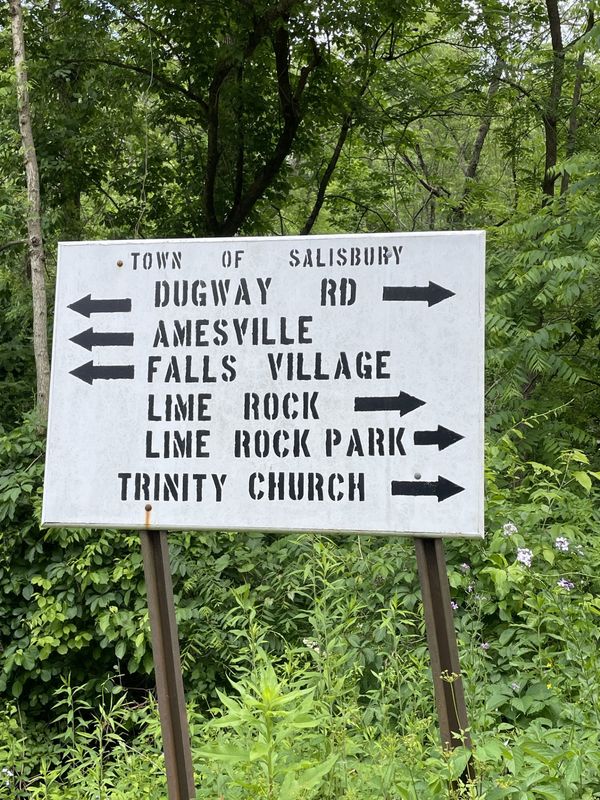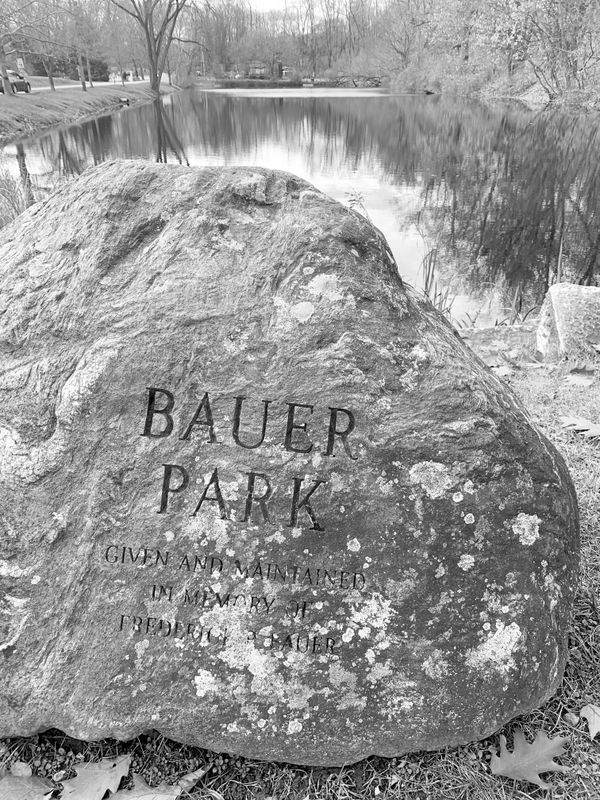Near the end of the 19th century, when Salisbury was dry and the nearest place to buy drink stronger than sarsaparilla was Millerton, when whippoorwills could still be heard on summer nights, when the butcher filled orders from a covered wagon he pulled up to back porches and rush hour on Main Street meant slow-ambling cows at milking time — the big news in town was the launch of this newspaper.
The first Lakeville Journal was published on August 14, 1897 from its office on The Old Turnpike (Main Street) in Lakeville, in the building that now houses Argazzi Art. It came out on Saturday mornings and could be had for a nickel, or $1.50 for an annual subscription.
“A paper helps a town, and a town helps a paper,” observed one of the many letters from newspapers as far away as the North Dakota Republican congratulating Colvin “Col” Card, the paper’s first publisher, and Irving J. Keyes, its first editor. Their first editorial promised that the paper would not engage in “favoritism toward any class of people or any particular individual.”
The first issues were four-pagers: front and back printed by a syndicate in New York that covered national news, while inside pages featured original reporting printed locally. Why the split? All type was set by hand in those days, each letter pressed into place, so printing a weekly larger than a “single-sheeter” was beyond the capacity of a small shop.
Beneath its masthead, the Journal announced itself as “A Local Paper, Devoted to the Interests of Lakeville and the Towns of Salisbury and Sharon” but from its beginning, columns included the interests of readers beyond and locally: Ore Hill Rumblings; Lime Rock Happenings, Twin Lakes Correspondence and Chapinville (later, Taconic) Events.
What would you have read if you’d picked up the first issue while, say, waiting for a shave in the barber shop that is now Deano’s Pizza?
You’d have learned that the Prime Minister of Spain had just been assassinated and that two hundred women escaping a heat wave in Russia had drowned in a bathhouse, but the story that would have grabbed you was the one that got the most ink: the Alaskan Gold Rush.
“Alaska Will Be Paved with the Bones of Gold Hunters!” predicted a headline, warning that tens of thousands of Americans from all walks of life embarking on a trek to pan for gold in the Yukon Valley were engaging in a “Rush to Almost Certain Death.” The U.S. Secretary of the Interior issued a stern “Warning to Gold Hunters,” printed in its entirety.
That some from around here were caught up in the fever seems apparent from an ad run by a Lakeville purveyor of luggage using key words of the time: “Ho, For Alaska! Trunks, Strong and Large, To hold $1,000,000 in gold dust!”
Inside pages held quieter news: 600 attended a regatta on Lake Wononscopomuc; Myron Holley opened an ice cream parlor; Peter Turner was laying out a new sidewalk fronting his house; and a Millerton driver had passed through Lakeville “like a streak of lightning... driving his black road horse at a 8 minute clip.”
Classified ads appeared in the second issue under “Everybody’s Column” and included an offering for a mail-order course in shorthand instruction and a warning from the Town’s First Selectman that “all persons found bathing in Lake Wononscopomuc between 8 am and 7 pm without suitable bathing suits will be punished.”
A “Letters from the People” column was added and soon the paper became a clearinghouse for fact and opinion, a pressure for accountability in town governance and a font of information on both sides of local issues.
What were the local issues? According to an editorial in May 1901, “What All Would Like to See” were:
- A system of street lights for Lakeville
- Something in the shape of real sidewalks
- The formation of a Fire Company with plenty of material
- Some of the holes in sidewalks and gutters filled up
- A practical sanitary sewer system
- A larger turnout than ever before on Memorial Day
I’m grateful to The Lakeville Journal for helping our community achieve these past goals, and for enduring to help us implement civic changes we wish for today.
Helen Klein Ross is a writer who lives in Lakeville. Her late husband, Donald K. Ross, was a foundation executive who helped this paper navigate the early days of its nonprofit venture.







 The Housy Shack open sign, welcoming customers in for cookies.Anna Gillette
The Housy Shack open sign, welcoming customers in for cookies.Anna Gillette 





The first Lakeville Journal